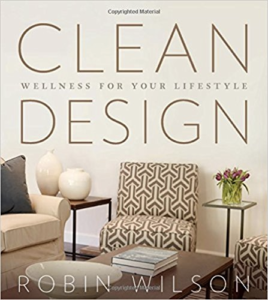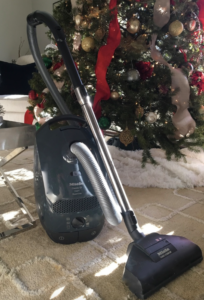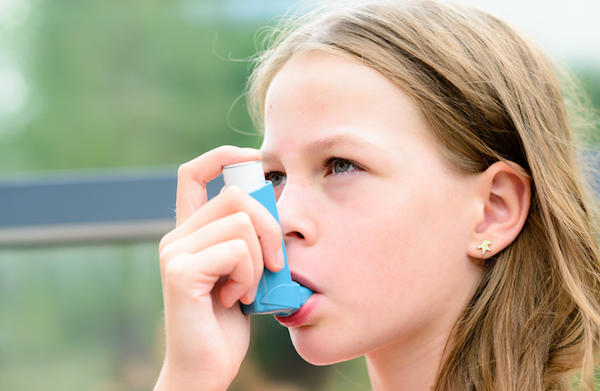Did you know that approximately 60% of adults and at least 80% of children with asthma actually have asthma triggered by allergies, also known as allergic asthma? For people with allergic asthma, allergens such as dust mites and pet dander can turn into real threats that can cause asthma attacks.
While you cannot fully rid your home of some of these allergens, there are steps you can take to greatly reduce allergic asthma triggers in your living space, especially during the holiday season.
I had the opportunity to interview Robin Wilson, Interior Designer, author, and expert on creating allergy friendly homes as well as Allergist Dr. Beth Eve Corn with Mount Sinai Hospital in New York City.
Dr. Corn indicated that there is a difference between asthma triggered by allergens such as dust mites and pet dander versus asthma brought on by non-allergic triggers such as cold air, exercise or smoke. The key is determining what the individual is allergic to and putting an action plan in place to reduce the occurrence of asthma symptoms.
An allergist can use a simple skin test or a blood test that looks for IgE antibodies. Once allergens are identified, you can create a healthy home environment that protects the allergic individual from their allergens within the home, thereby reducing asthmatic symptoms such as wheezing, chest tightness and cough, relating to allergic asthma.
 Identifying ways to reduce allergens in the home is where Robin comes in with her passion for Clean Design. Robin’s interest stems from her own personal struggle with allergies and asthma. She realizes the link between indoor air quality and allergy triggers and provides tips for improving indoor air quality. Robin stated that “the home is the first place to go to help alleviate asthmatic symptoms.”
Identifying ways to reduce allergens in the home is where Robin comes in with her passion for Clean Design. Robin’s interest stems from her own personal struggle with allergies and asthma. She realizes the link between indoor air quality and allergy triggers and provides tips for improving indoor air quality. Robin stated that “the home is the first place to go to help alleviate asthmatic symptoms.”
Robin highlighted a few easy cleaning tips to improve your indoor air quality and allergy triggers:
- Clean your home from top to bottom – many clean their floors then the ceiling fans, but you should clean top items first
- Check your air filters on heating and cooling systems and change them regularly
- Use a Hepa filter vacuum to prevent dust from flowing back into your space
- If you have a pet you should thoroughly clean weekly and keep the pet out of the bedroom and off upholstered furniture
- Make sure to wash pillows and their zipper linings – bedrooms are often forgotten yet can be the most important place to start for relieving symptoms
- If you only have ten minutes to clean, focus on areas where dust gathers the most such as air vents, ceiling fans, bedding and under rugs and dressers.

Also, during the holiday season it is especially important to always make sure to dust off your decorations from last year before putting them out. And wash all your tablecloths and linens before using them!
For more helpful tips and additional information on allergic asthma go to Breathing Space: Living With Allergic Asthma at allergicasthma.com. Breathing Space, a partner with the Allergy and Asthma Foundation of America, was created to bring together a group of experts to share their experiences with allergic asthma and to help people improve their “Breathing Space”.
Following the tips that Dr. Corn and Robin have provided and meeting with a specialist such as an allergist or a pulmonologist can help to identify allergic triggers and put a plan in place to avoid them.
Click here to hear my full interview with Robin Wilson and Dr. Beth Corn.
This is not a sponsored post.

Amy Thomas is an Interior Designer in the Washington, DC and Northern Virginia area. She focuses on creating a healthy living environment for her clients through the use of eco-friendly and sustainable home furnishings and finishes without sacrificing quality and style. She is also a certified GREENleader through the Sustainable Furnishings Council. Amy volunteers with schools and has a strong interest in healthy learning environments. To learn more about Amy, visit her Facebook page at facebook.com/amythomasdesign. Follow Amy on Instagram @amythomasdesign.

